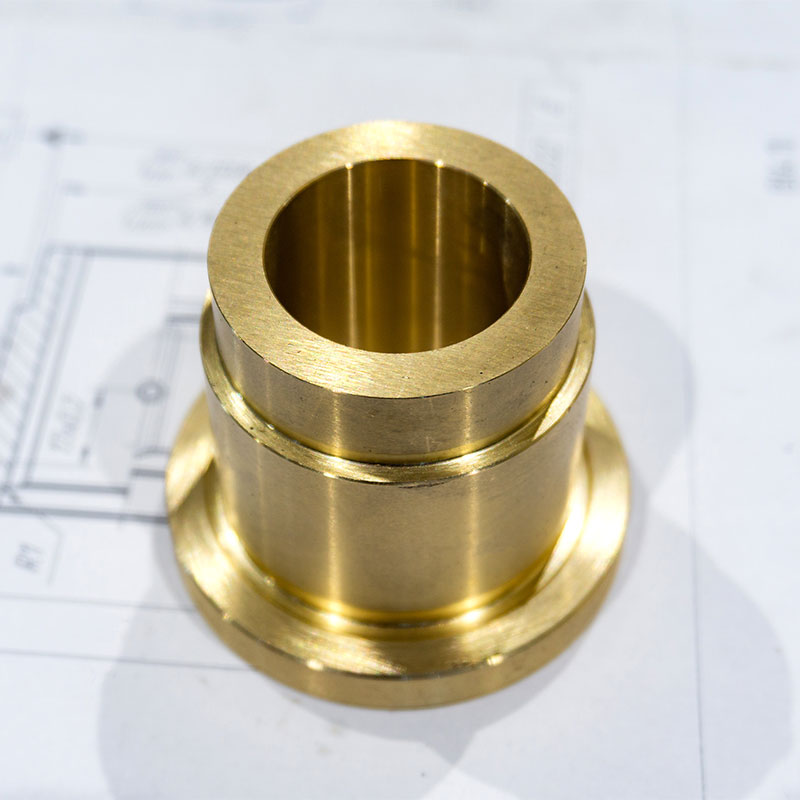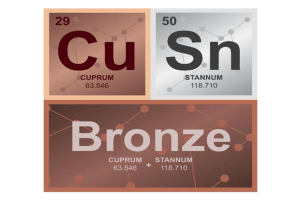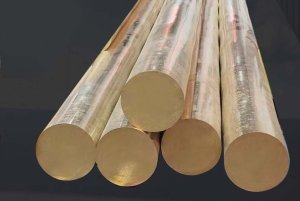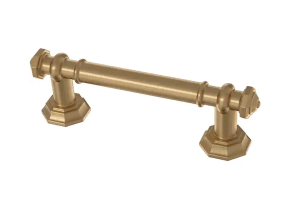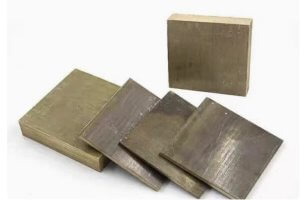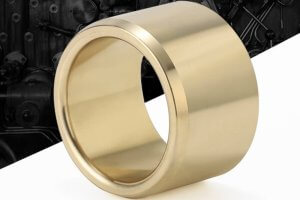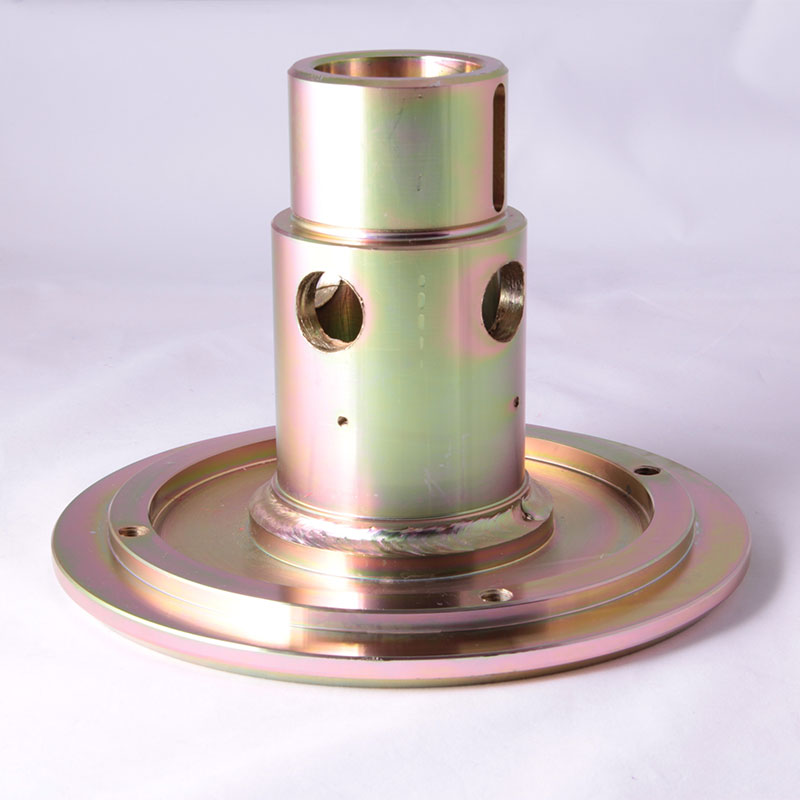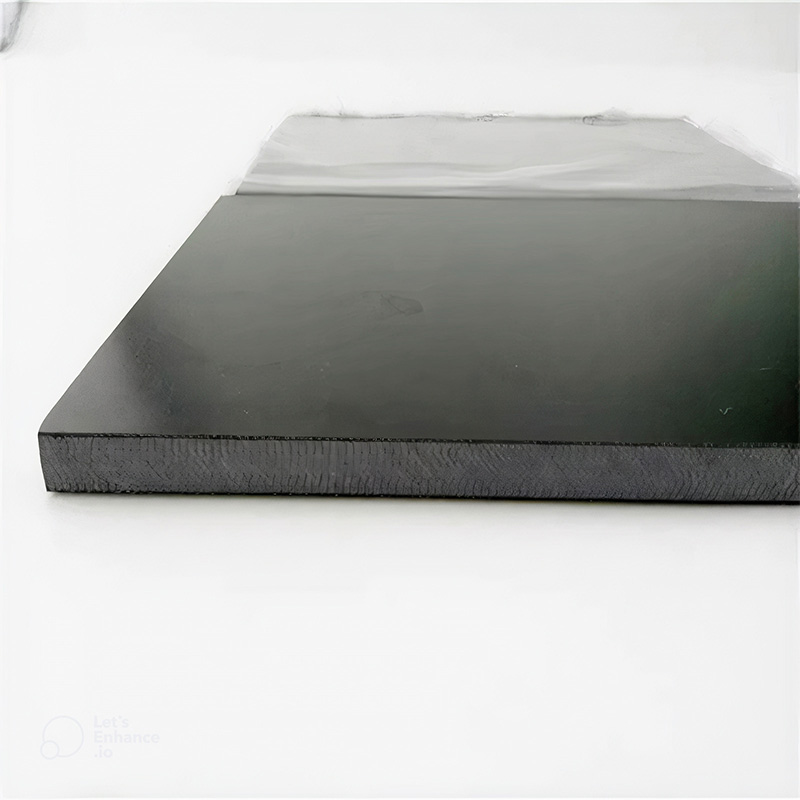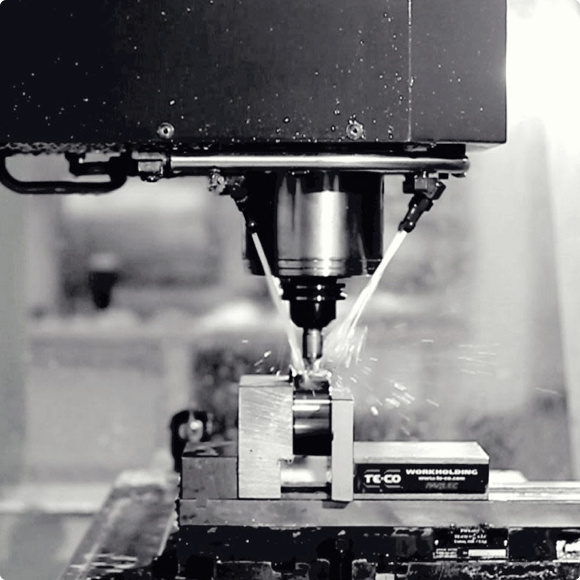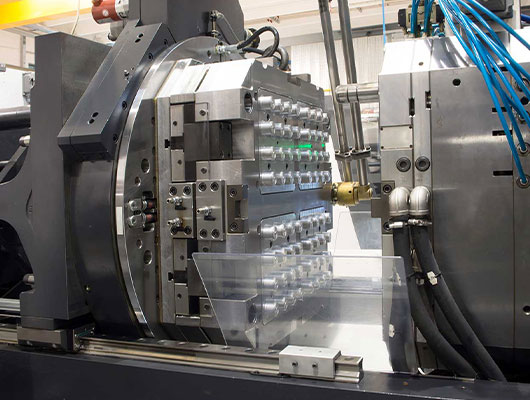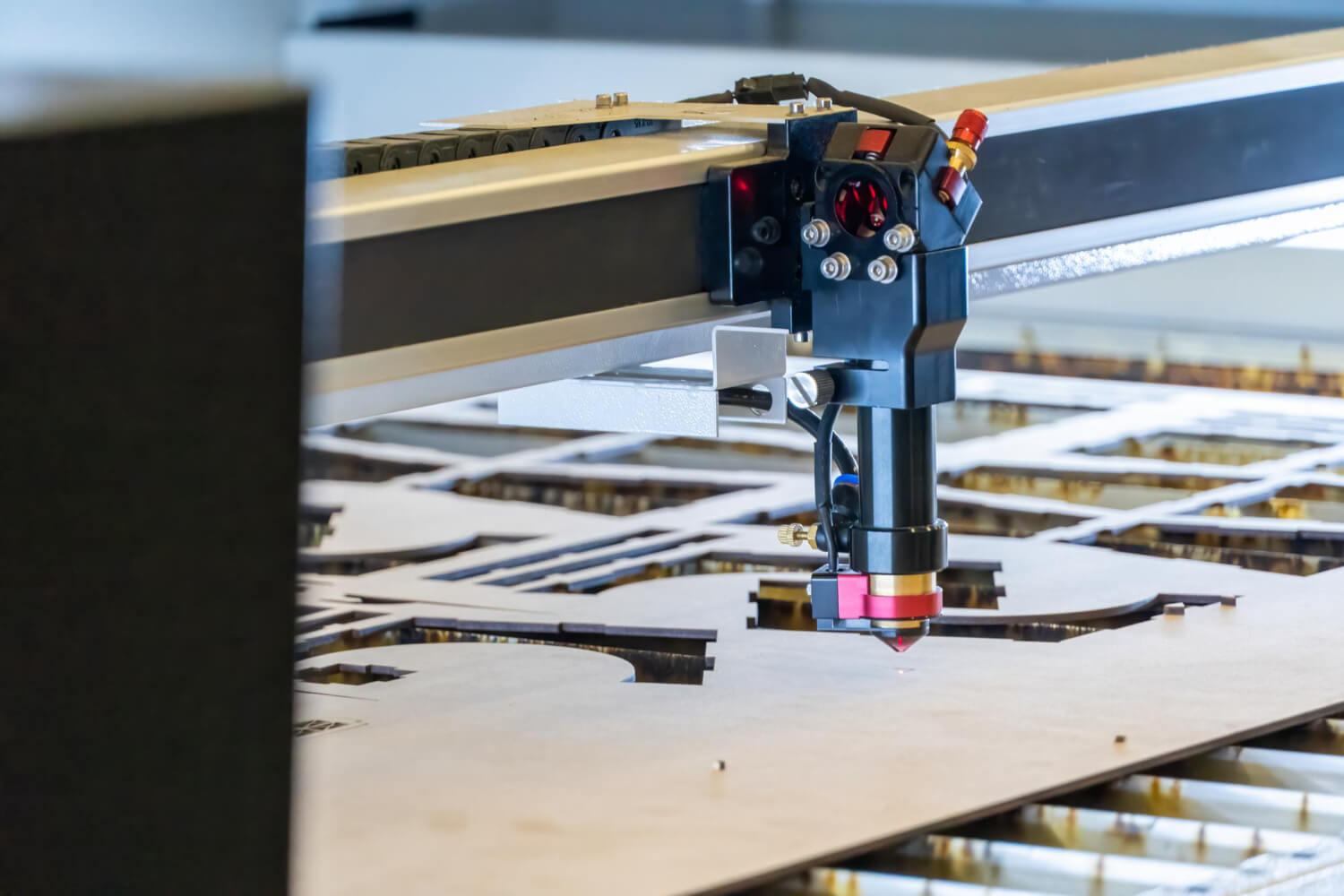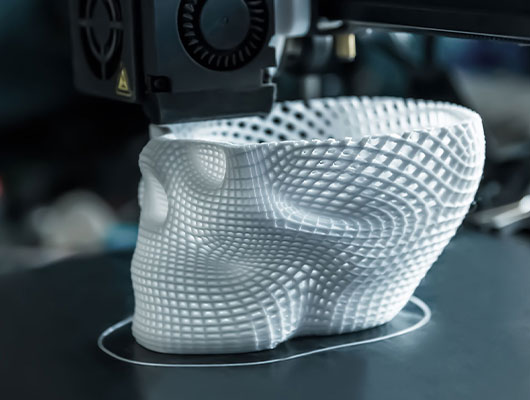Bronze is a popular material for a wide range of CNC machining applications due to its excellent mechanical properties, machinability, and corrosion resistance. To further enhance its performance and aesthetics, bronze can be finished in a variety of ways. The three main types of surface finishes for bronze are as-machined, bead blasting, and chemical coatings. In this response, we will discuss the advantages and disadvantages of each of these finishes.
As-machined surface finish is the natural finish of the bronze material after CNC machining. This finish has a matte appearance and is typically smooth and uniform. The main advantage of this finish is that it is cost-effective and requires no additional processes or materials. However, the surface can have slight tool marks or burrs, which can affect the aesthetics and functionality of the component. Therefore, additional post-machining processes may be required to achieve a smoother surface finish.
Bead blasting is a finishing process that involves propelling fine beads or particles at the surface of the bronze material. This process creates a uniform matte finish that is smooth to the touch and can improve the appearance of the component. Bead blasting can also improve the corrosion resistance of the bronze by removing any surface contaminants or impurities. However, this process can be time-consuming and expensive, and it can also create tiny pits or roughness on the surface of the material, which may affect the functionality of the component.
Chemical coatings are a type of surface finish that involves applying a thin layer of chemicals onto the surface of the bronze material. This process can enhance the aesthetics, durability, and functionality of the component. Chemical coatings can provide excellent corrosion resistance, wear resistance, and anti-friction properties to the bronze material. Additionally, this finish can improve the appearance of the component by adding color or gloss to the surface. However, this process can be expensive and requires specialized equipment and expertise. Additionally, the chemical coating may not be suitable for certain applications due to the potential for chemical reactions or toxicity.
Overall, each of the three types of surface finishes for bronze has its own advantages and disadvantages. The selection of the appropriate surface finish depends on the specific requirements of the application, such as functionality, aesthetics, durability, and cost-effectiveness.


